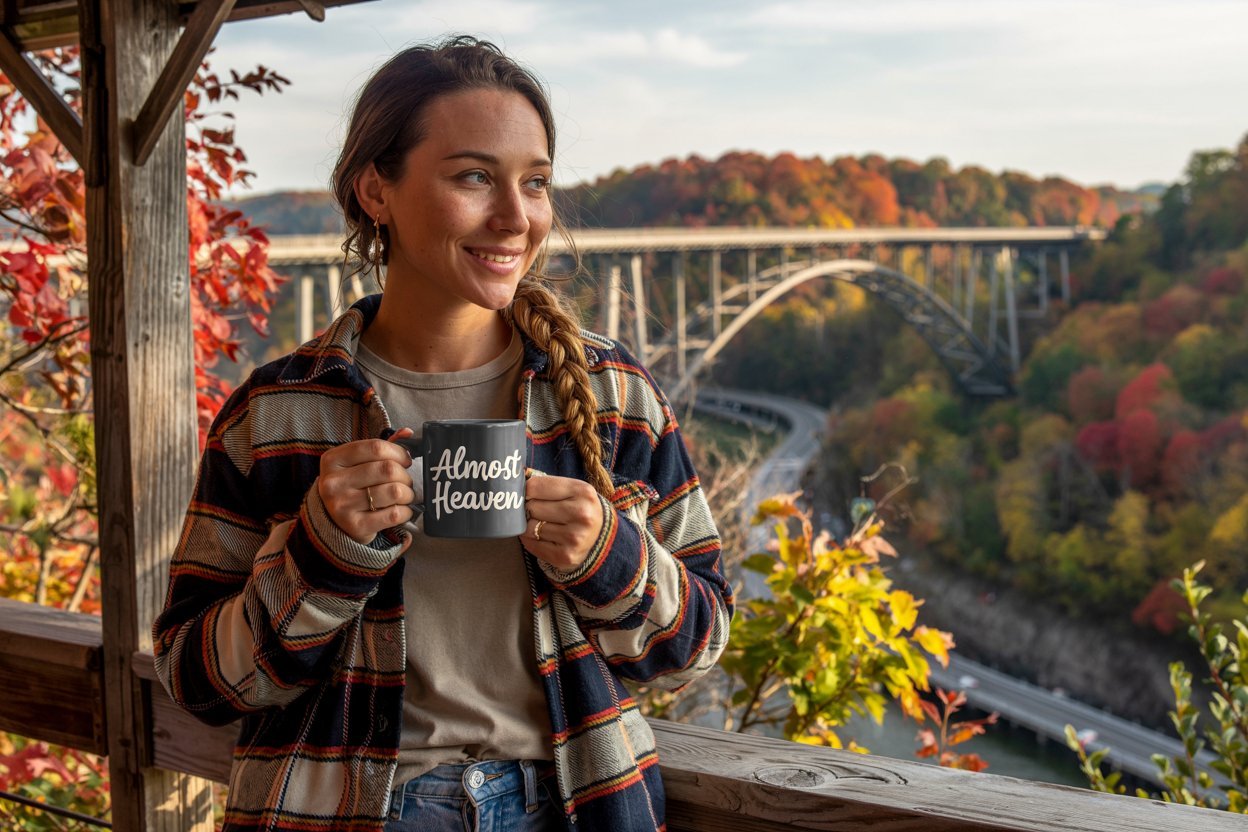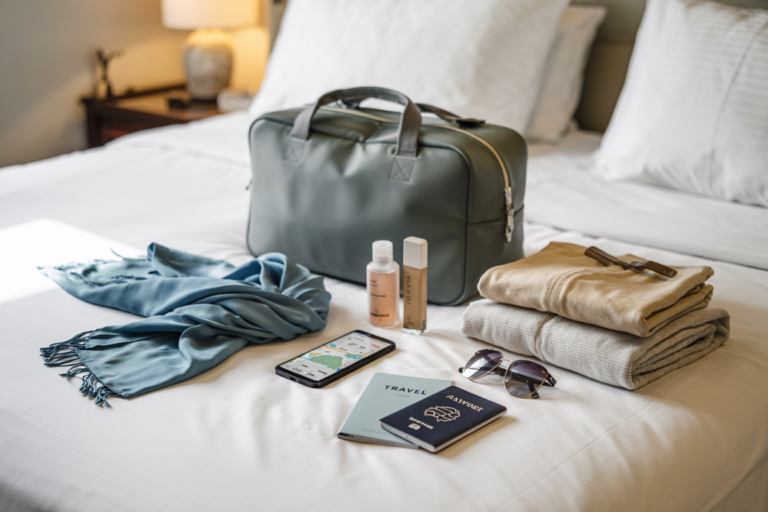Save money and still experience the best of the Mountain State.
West Virginia is one of America’s most underrated travel destinations.
With its forested mountains, historic towns, epic outdoor adventures, and friendly locals, this Appalachian state offers a stunning escape—and it’s easy to explore without spending much.
Whether you’re road tripping through the state or planning a nature getaway, these detailed, practical travel tips will help you enjoy West Virginia on a budget.
1. Travel During the Shoulder Seasons (Spring & Fall)
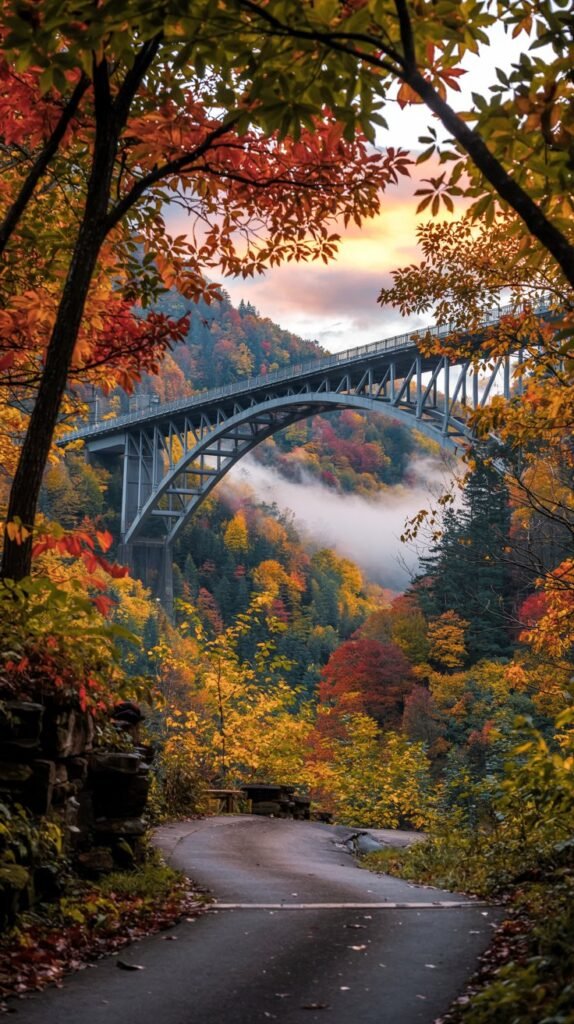
Why it matters:
Traveling during off-peak months can cut your costs by 30–50% on lodging and activities.
Spring and fall in West Virginia offer perfect weather for hiking and sightseeing without the summer tourist prices or winter resort crowds.
Best times to go:
- Mid-April to early June: Wildflowers bloom, waterfalls run strong, and crowds are minimal.
- Mid-September to early November: Crisp temperatures and fiery fall foliage paint the mountains red, orange, and gold—at no cost.
Bonus Hack:
Hotels and rentals often drop prices mid-week (Mon–Thurs).
If you can avoid weekends, you’ll get better deals and a quieter experience.
2. Skip Resorts—Stay in State Parks and Rustic Cabins
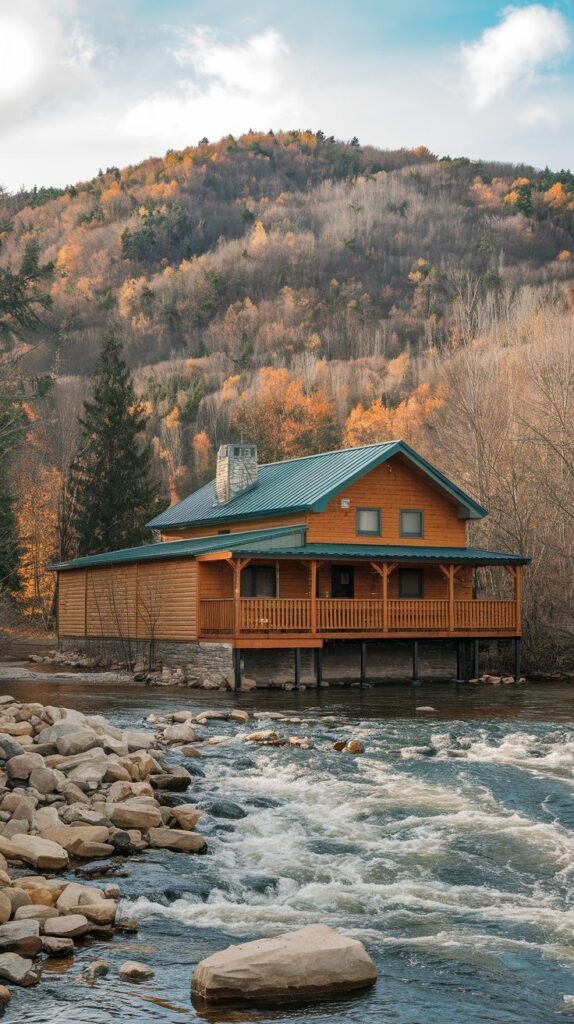
Why this saves money:
State parks in West Virginia often offer cabin rentals, tent sites, and even lodge rooms at prices far below private resorts or hotels.
Most have full amenities like bathrooms, fire pits, and cooking spaces.
Top budget-friendly parks:
- Blackwater Falls State Park: Known for its iconic 57-foot waterfall and cozy, affordable cabins.
- Babcock State Park: A postcard-worthy destination with rustic cabins near the Glade Creek Grist Mill.
- Holly River State Park: Hidden gem with low-cost cabins surrounded by dense forest.
Extra Tip:
Book directly through the West Virginia State Parks website or call ahead—some discounts are only available to in-state residents or off-season visitors.
3. Plan a DIY Scenic Road Trip (Gas-Saving Tips Included)
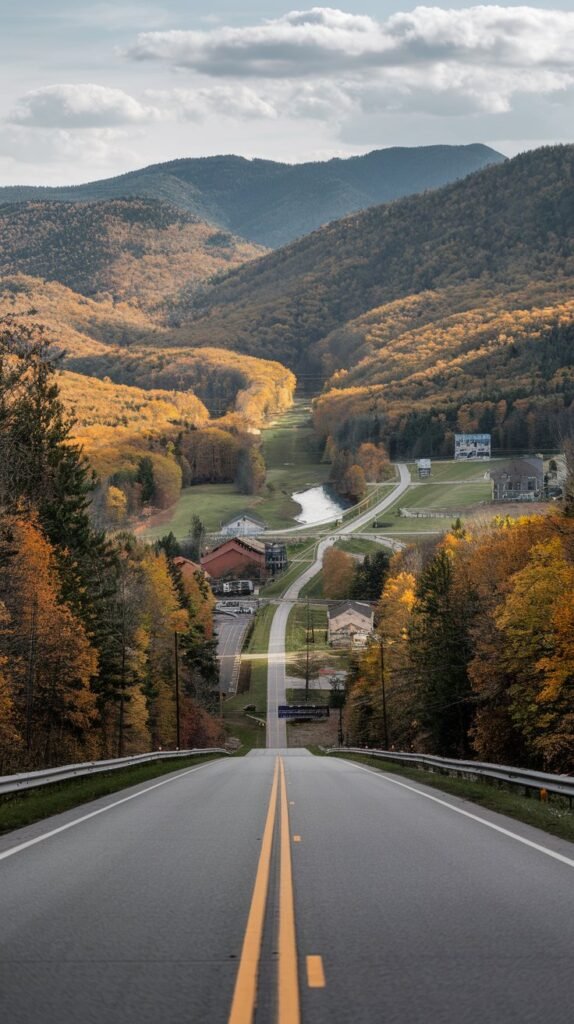
Why it works:
Flying into West Virginia is often expensive and inconvenient.
Driving your own car gives you freedom, flexibility, and massive savings on transportation.
Top scenic byways:
- Highland Scenic Highway (Route 150): Stunning mountain vistas, free overlooks, and picnic areas.
- Coal Heritage Trail: Offers a glimpse into West Virginia’s mining history.
- Route 219 (Seneca Trail): Winding road through charming towns and wilderness.
Gas-Saving Hacks:
- Use apps like GasBuddy to find cheap fuel stations.
- Avoid filling up near major attractions or highways—small-town stations are often 20–30 cents cheaper per gallon.
- Pack your snacks and meals ahead to cut down on roadside food stops.
4. Stay in Small-Town Rentals or Budget Inns
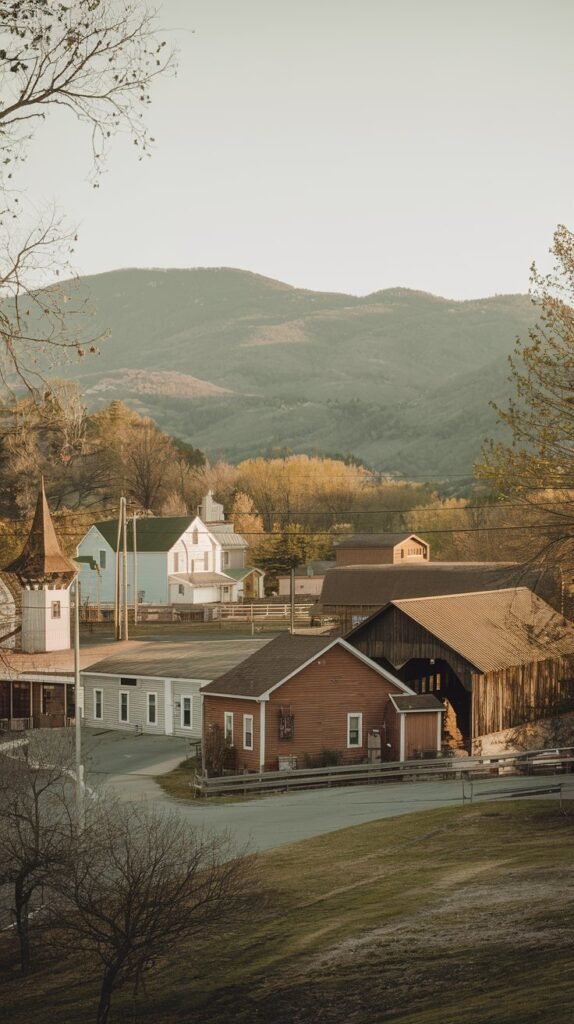
Where to stay:
Instead of Charleston or Morgantown (where prices spike), opt for lesser-known but just as scenic towns:
- Fayetteville: Adventure hub with low-cost hostels and cabins.
- Elkins: Close to hiking and rail trails with charming B&Bs.
- Thomas and Davis: Twin mountain towns with artsy vibes and budget motels.
Budget Lodging Tip:
Search for stays with kitchenettes or free breakfast. It may cost slightly more up front, but you’ll save big on food.
5. Maximize Free Outdoor Adventures
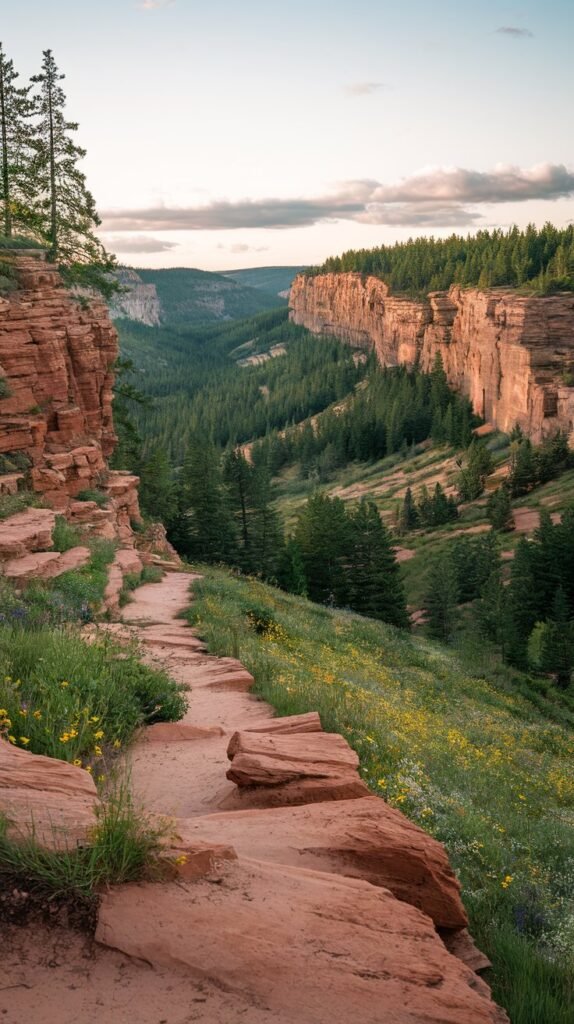
What’s free (and unforgettable):
West Virginia is basically an open-air playground, and many of its best features cost absolutely nothing.
- Hiking trails: Endless Wall Trail (New River Gorge), Seneca Rocks, Coopers Rock.
- Waterfalls: Visit Blackwater Falls, Cathedral Falls, or Sandstone Falls.
- Lakes & rivers: Summersville Lake for swimming or kayaking, Bluestone Lake for fishing.
- Stargazing: Watoga State Park is a certified Dark Sky Park—no admission required.
Insider Tip:
Many trailheads have free parking, but bring cash just in case there’s a small fee box or donation request.
6. Explore Local Festivals and Community Events
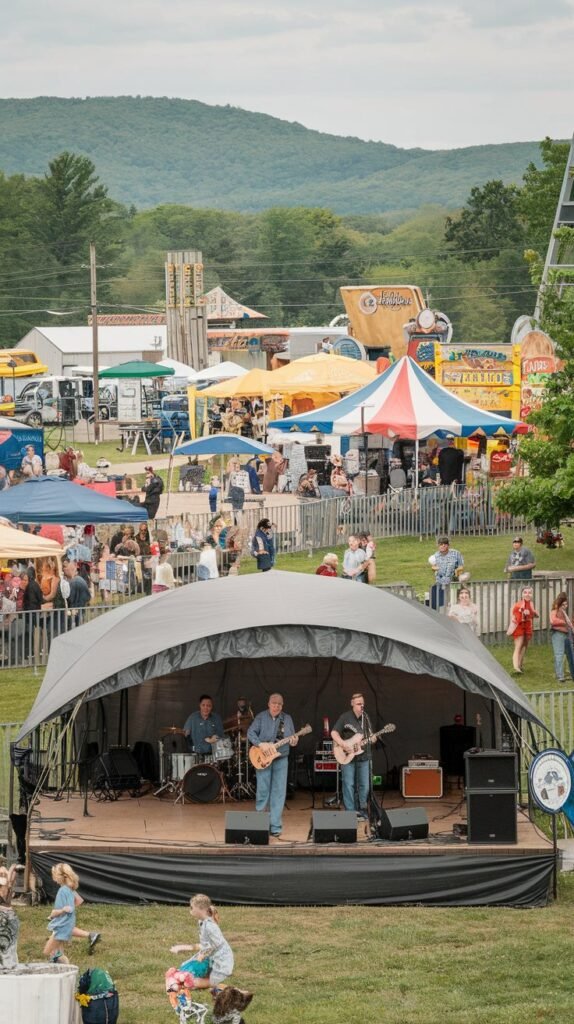
Why it’s a budget hack:
Many local festivals in West Virginia offer free admission, live music, local food vendors, and cultural performances perfect for experiencing the local vibe without paying for expensive attractions.
Best low-cost festivals:
- Bridge Day (New River Gorge): A one-day celebration where you can watch BASE jumpers leap from the bridge.
- Mountain State Forest Festival (Elkins): Held every October, it’s full of parades, arts & crafts, and free entertainment.
- Heritage Days and Fall Fairs: Held in towns across the state with food, music, and antique markets.
Budget Tip:
Check local visitor centers, town Facebook pages, or tourism websites for upcoming free events.
7. Cook Your Own Meals Instead of Dining Out
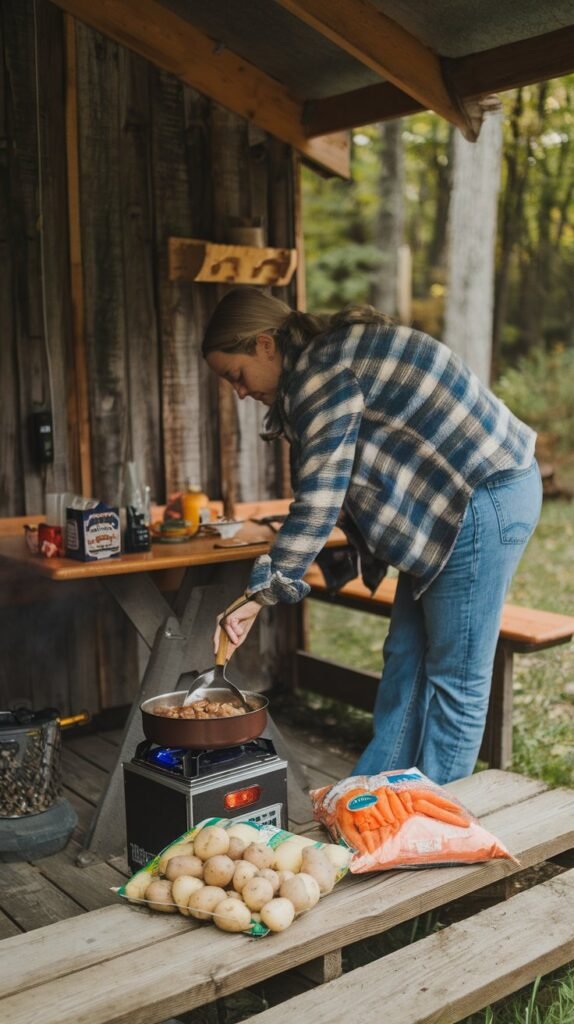
How it saves you money:
West Virginia has a growing foodie scene, but eating out 2–3 times a day adds up fast.
If you’re staying in a cabin or rental, take advantage of a kitchen.
Where to stock up:
- Local markets for fresh produce and meats (support small farmers!)
- Discount grocery chains like Aldi or Save-A-Lot
- Dollar stores for camping snacks, trail mix, and quick breakfasts
Easy meal ideas:
- Campfire foil packets (meat + veggies)
- Sandwiches for hiking
- Pasta, chili, or instant rice dishes
- S’mores—you’re in the mountains after all!
8. Bundle Your Adventures for Lower Costs
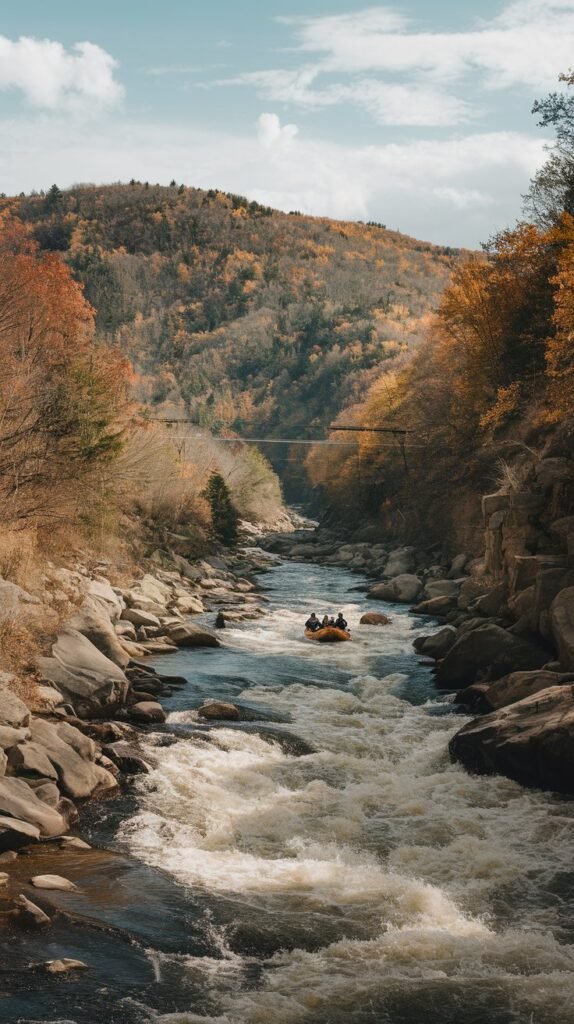
Smart bundling:
Some towns or regions offer packages for rafting, zip-lining, hiking tours, and scenic train rides.
If you’re planning multiple activities, bundle them and ask for multi-day discounts.
Examples:
- Adventure outfitters often give group or combo activity deals.
- Some museums or history sites in the same region offer discounted combo tickets.
Group Hack:
If you’re traveling with friends, call in advance to ask about group pricing—even if it’s not listed online.
9. Travel With a Group to Split the Bill
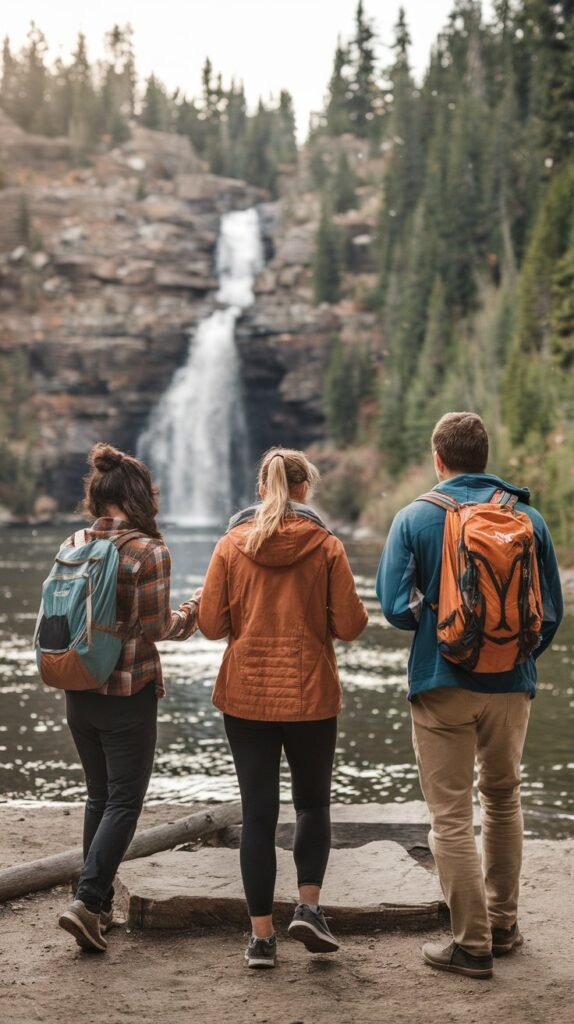
How this multiplies your savings:
- Lodging costs (cabins, Airbnb) can be split among 3–6 people.
- Gas is cheaper when you share the drive.
- You can buy food in bulk or prep meals together.
Great group activities:
- Whitewater rafting
- ATVing on the Hatfield-McCoy Trails
- Fishing, hiking, or camping in the Monongahela Forest
Pro Tip: Larger vacation cabins are often cheaper per person than hotel rooms.
10. Follow Local Tourism Boards for Hidden Deals

Why it works:
Many counties and tourism boards promote local events, lodging deals, and seasonal itineraries that you won’t find on big travel sites.
How to find them:
- Search “[town name] tourism” on Google or Instagram.
- Join West Virginia road trip or hiking Facebook groups.
- Visit physical visitor centers—many have coupon books or discounts on local attractions.
Bonus Tip:
Some small towns offer “walkable itineraries” that guide you through free or low-cost activities for the day. Ask for these when you arrive!
Final Thoughts: Budget Travel Is Better in West Virginia
West Virginia is a dream destination for travelers who love the outdoors, appreciate history, and want a peaceful getaway.
And the best part? You don’t have to spend a fortune to have an unforgettable experience here.
By visiting in the right season, cooking your own meals, exploring the wild beauty for free, and using these smart hacks, you’ll enjoy everything the Mountain State has to offer—on your terms, and within budget.

